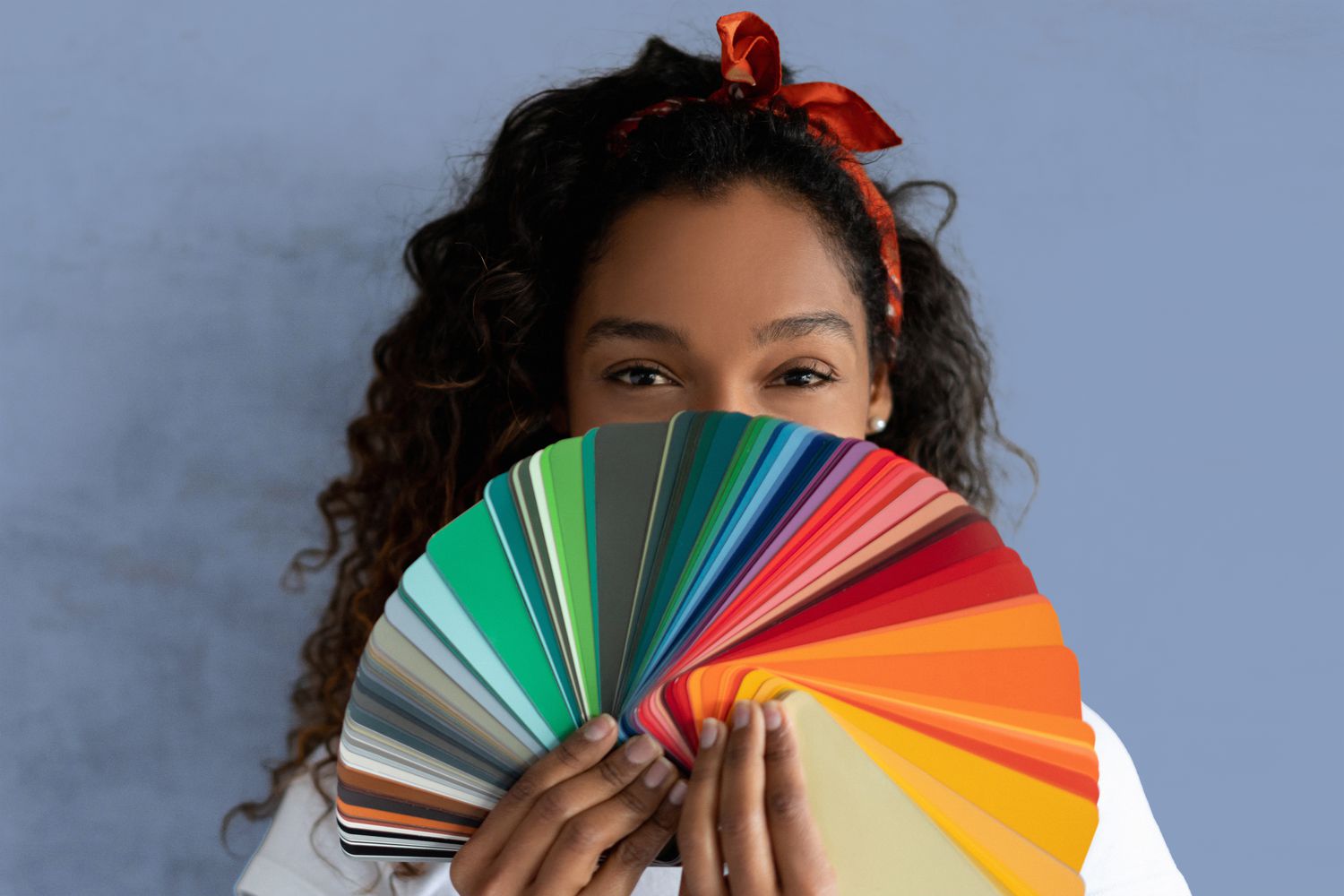
Have you ever stood in front of your closet and felt completely uninspired by the choices that hang there? The truth is, with color analysis what you wear can have a profound effect on how you feel and how others perceive you. This is where color analysis comes into play. It’s not just about picking pretty shades—it’s about discovering which colors complement your natural features and enhance your personal style. Imagine transforming your wardrobe from dull to dazzling simply by understanding the power of color! Let’s dive deep into the world of color analysis and explore how it can revolutionize your fashion choices for a vibrant, confident you.
The Importance of Color in Fashion
Color is more than just a visual element; it’s a powerful form of expression. It influences moods, evokes emotions, and can even alter perceptions. From the boldness of red to the calmness of blue, each hue carries its own significance.
In fashion, color plays a crucial role in defining personal style. The right colors can accentuate your features and create harmony with your skin tone. When you wear shades that suit you well, you radiate confidence.
Think about it: when you enter a room dressed in vibrant colors versus muted tones, how do people react? Colors have the ability to attract attention or blend into the background.
Moreover, our choices reflect our personality traits and aspirations. Whether you’re aiming for professionalism or creativity, color choices help convey your intentions without saying a word. Embracing color is embracing individuality—an essential aspect of fashion itself, therefore a color analysis is neccesary.
What is Color Analysis?
Color analysis is a systematic approach to understanding how different colors can enhance or detract from an individual’s natural features. It considers skin tone, hair color, and eye color to identify the shades that harmonize best with a person’s unique characteristics.
By categorizing individuals into seasonal palettes—Spring, Summer, Autumn, and Winter—color analysis provides a framework for making more informed fashion choices. Each season represents specific hues that evoke certain energies and atmospheres.
The color analysis process often involves assessing undertones in the skin. Cool-toned people may shine in blues and purples, while warm-toned individuals might find their essence in earthy tones like oranges and browns.
This technique empowers you to curate a wardrobe filled with colors that not only look good on you but also boost your confidence. Understanding your color palette opens doors to effortless styling every day.
The Different Color Seasons and Their Meanings
Color analysis divides the year into four distinct seasons: Winter, Spring, Summer, and Autumn. Each season represents a unique palette that can enhance your natural beauty.
Winter palettes feature bold gem tones like deep blues and vibrant reds. These colors exude confidence and sophistication. They work well for those with cool undertones.
Spring is all about warmth and brightness. Think soft pastels such as light pinks and sunny yellows. This cheerful palette complements warm skin tones beautifully.
Summer brings softer hues including muted blues, lavender, and rose. Ideal for those with a cool complexion, these gentle colors radiate calmness.
Autumn showcases earthy tones like rich oranges, browns, and olive greens. Perfect for warm undertones—these shades evoke a sense of coziness and warmth in any wardrobe choice.
How to Determine Your Color Season
Determining your color season is an exciting journey of self-discovery. Start by assessing your natural features, including skin tone, hair color, and eye color. These elements play a crucial role in identifying which colors harmonize with you.
Next, consider the undertones of your skin—are they warm or cool? If you have golden or peachy tones, you likely lean towards warmer hues. Conversely, if your skin has pink or blue undertones, cooler shades may be more flattering.
You can also use fabric drapes to see how different colors affect your appearance. Hold various shades near your face and observe how they impact the brightness of your complexion.
Consult guides on seasonal palettes as a reference point. This visual aid helps clarify whether you’re part of spring, summer, autumn, or winter—all linked to specific color characteristics and moods that resonate with each season’s essence.
Tips for Incorporating Your Color Season into Your Wardrobe

Start with the basics. Identify key pieces in your color palette. Look for staples like blouses, dresses, or jackets that feature your seasonal hues.
Mix and match. Pair a vibrant top from your color season with neutral bottoms to create balance. This way, you can easily integrate bold colors without overwhelming your look.
Accessorize wisely. Use scarves, bags, or jewelry in your designated shades to elevate any outfit. Accessories are an easy way to test new colors while staying true to your palette.
Experiment with patterns too. Find prints that incorporate elements of your seasonal colors. Floral designs or geometric shapes can add flair and keep outfits fresh.
Don’t shy away from layering! Combine different textures and shades within your season for depth and visual interest while remaining cohesive in style.
The Psychological Effects of Wearing the Right Colors

Colors have a profound impact on our emotions and behaviors. Wearing the right shades can boost your confidence, enhance your mood, and even influence how others perceive you.
For instance, blue is often associated with calmness and trustworthiness. Slip into a navy blazer for that important meeting, and feel the difference in your demeanor. Alternatively, vibrant reds can ignite passion and energy—perfect for days when you need an extra push.
The science behind color psychology shows that colors evoke specific feelings. Yellow can inspire joy while green provides a sense of balance and relaxation. Choosing hues that align with your personality not only elevates your style but also reinforces who you are at your core.
When we dress in colors that resonate with us, we communicate authenticity to those around us. It becomes easier to express ourselves freely without saying a word.
Conclusion: Embrace Your Unique Style with Color Analysis
Embracing your unique style through color analysis can be a transformative experience. Understanding which colors enhance your natural features allows you to make more informed fashion choices. It’s not just about looking good; it’s about feeling confident and authentic in what you wear.
When you incorporate the right colors into your wardrobe, you’re investing in yourself. The psychological boost that comes from wearing shades that complement your skin tone can change how you perceive yourself and how others see you. This awareness opens up a world of possibilities for mixing and matching outfits.
As you explore your color season, remember that personal expression is key. Don’t shy away from experimenting with different styles within your palette. Trusting this process will help elevate not only your appearance but also how empowered you feel each day.
So take the plunge! Dive into the vibrant world of color analysis and watch as it transforms not just your wardrobe, but also enhances every aspect of life where first impressions matter most. Embrace this journey towards self-discovery—your closet will thank you for it!
Get your color analysis done here. Visit QAWire for more fashion tips!


